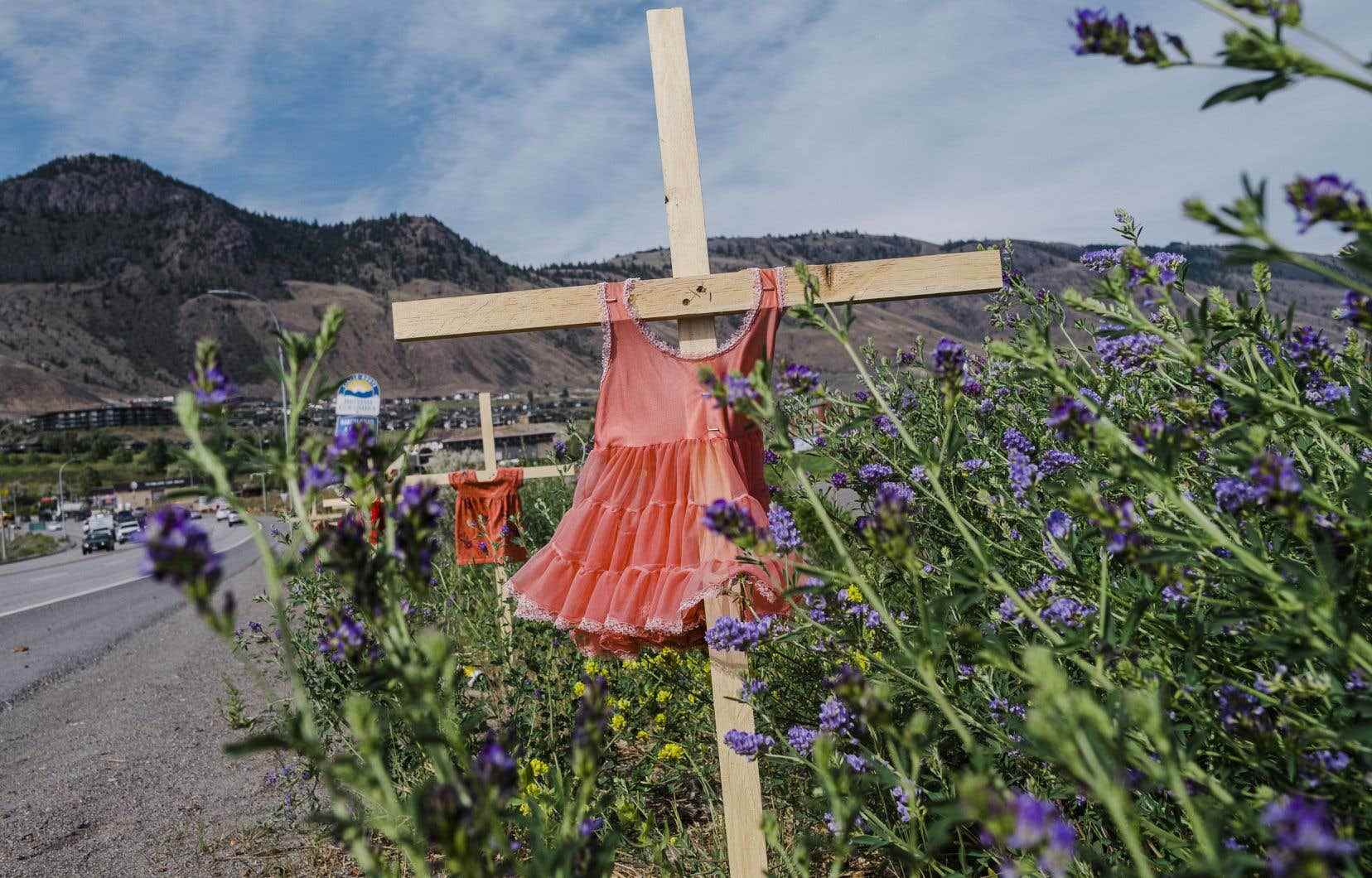Unmarked graves have reportedly been discovered on the grounds of two former residential schools for Indigenous children run by the Catholic Church in Manitoba.
The chiefs of two Manitoba First Nations are playing it safe, saying their communities are still looking for answers to their questions.
Sagkeeng First Nation says it has found 190 soil anomalies while Minegoziibe Anishinabe First Nation believes it has discovered six. Early data shows that the irregularities meet certain criteria for burials, but both communities agree that more information is needed.
“We’re going to take our time and make sure we get it right,” Sagkeeng chief Derrick Henderson said.
Sagkeeng First Nation’s efforts began last year. Residential school survivors shared their memories of places they believe may contain graves related to the Fort Alexander residential school.
The residential school was opened in 1905 in Fort Alexander, which later became Sagkeeng First Nation. The school remained in operation until 1970 and was known as a place of abuse. Survivors told the Truth and Reconciliation Commission that they were harshly disciplined and even malnourished.
The community worked with a drone company using ground-penetrating radar on three levels.
Mr Henderson said he found two locations with anomalies. Neither is a known cemetery. Witnesses had marked them on maps before the search began.
Consultations will be held with elders, survivors and pipe bearers to decide on next steps.
“How will we start the excavation work? wonders Mr. Henderson. I’ll have to hire archaeologists. There is still a lot of work to do. »
Several members of the community suffer from not having their questions answered, he adds. It will take time to be one hundred percent sure of the locations. Then will come the time to turn the page and begin the healing process.
“We now know this location. We now know that there is something there”, emphasizes the chef.
In the Minegoziibe Anishinabe First Nation, the anomalies were discovered under a church built where the old Pine Creek residential school stood, said Chief Derek Nepinak.
Survivors had asked that the places be examined because of “horror stories” that occurred in the basement of the place, he says.
First Nation authorities are treating the area as a potential crime scene, he said.
“We want answers. For the moment, what we are doing brings us new questions”, acknowledges Chief Nepinak.
The First Nation is also awaiting the results of another search conducted in another area where children may have been buried.
The Pine Creek boarding school was in operation from 1890 to 1969 in different buildings. The National Center for Truth and Reconciliation has recorded 21 child deaths there. Former residents have often spoken of the abuses that occurred there.
